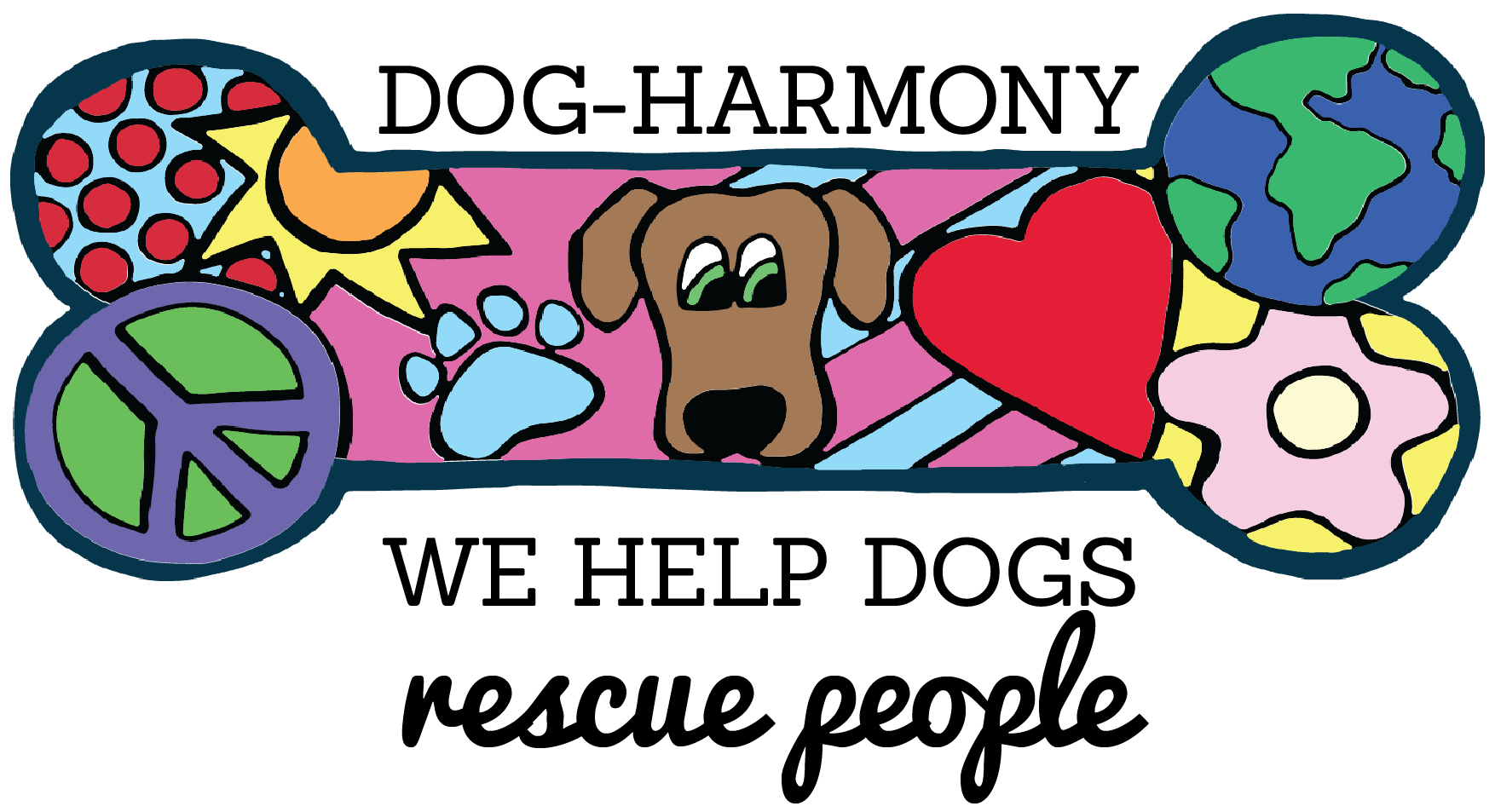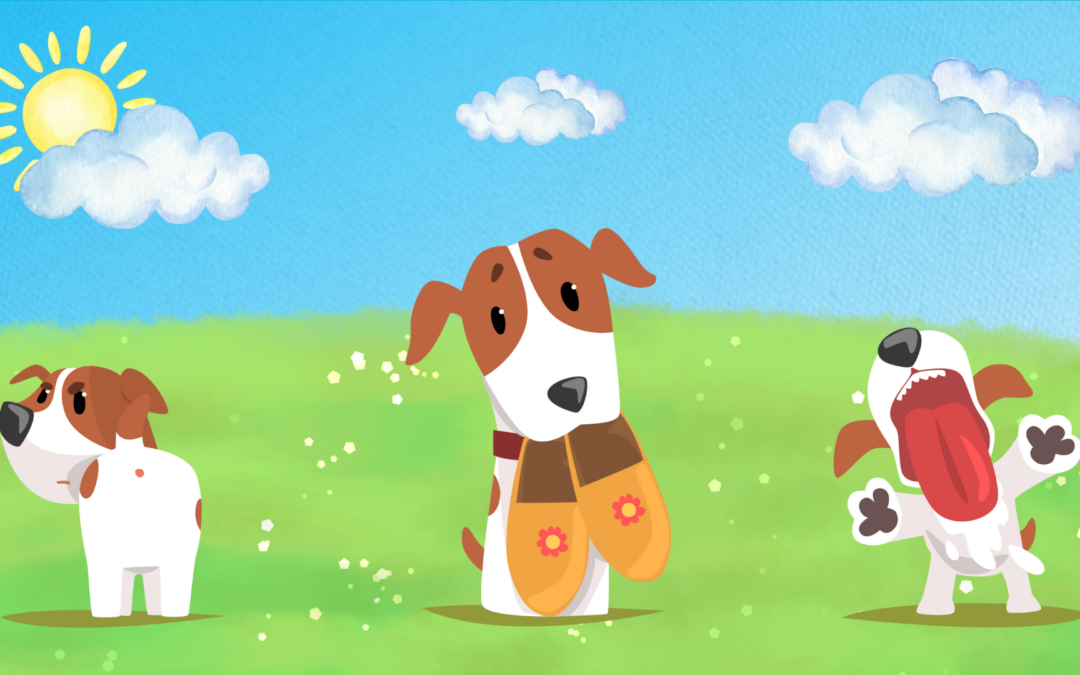Written by Hannah Garbett
With new puppies come visions of a partner for neighborhood walks, a new playmate for the kids, and a loyal companion to lay at our feet. It can be disappointing and frustrating to realize that puppies aren’t born knowing how to be a well-mannered part of the family. With time and patience, you can help your puppy understand the rules that come with living in a human world.
Having reasonable expectations can go a long way toward helping puppy parents survive the adventure of raising an adolescent dog. Remember that puppies grow up fast! Before you know it, your bouncing baby puppy will be a full-grown best friend.
Puppies and Kids, a Perfect Match?
Kids and puppies seem like a match made in heaven. Often, though, kids and puppies don’t mesh until the puppy is much older. Running and playing kids can look like human squeaky toys to bitey puppies. Kids can be disappointed to learn they can’t play with the puppy every time they want to because puppies need time to sleep and decompress, too. Create clear expectations by setting up specific puppy downtime areas using gates or exercise pens to give everyone some much-needed personal space.
Cuddle Buddy or Baby Shark?
Puppies are so cute! They look like they would make excellent snuggle buddies. Unfortunately, when you want to snuggle, your puppy may be more interested in using your hand as a chew toy. Puppy biting is a totally normal and natural behavior, but that doesn’t make it less painful. With patience and training, puppies can be taught that a hand near them is a cue for calm interactions and learn to direct their biting to more appropriate outlets. This process takes time and lots of management; having realistic expectations can help everyone survive the “baby shark” stage.
Canine Companion or Couch Connoisseur?
Puppies are so small; how much damage could they actually do? Many new puppy parents are surprised when their puppy routinely chooses to chew on furniture and human possessions instead of the plethora of puppy toys scattered around the house. Puppies have a biological need to chew and are indiscriminate when exercising this need. Set them up for success by using gates, exercise pens, and crates to create puppy-proofed areas of your home. Rotating chew toys and using food-stuffed puzzle toys helps create more interest in appropriate chew items and will help you survive puppy teething without too much property damage.
Leash Walks — Tortoise or Hare?
Puppy parents often have visions of long relaxing walks or fast and focused runs with their new furry exercise partner. However, the socialization and exercise needs of puppies are quite different from adult dogs. Don’t expect to cover a lot of ground on your puppy walks; slow and steady is best for puppy socialization. Puppies need positive experiences with the outside world, and sometimes this means just sitting and watching all there is to see! Most puppies learn quickly to follow their owners on leash with positive reinforcement, but they still need time to sniff and explore to learn about the world around them. Lastly, all puppies like to pick things up with their mouths, so it’s important to come prepared with treats and practice lots of “trades” to avoid frustration.
About Hannah Garbett
Hannah is an Associate Certified Dog Behavior Consultant through the International Association of Animal Behavior Consultants (IAABC) as well as a Fear Free Certified Dog Trainer. Hannah owns and operates The Proper Puppy, which helps owners live easier, happier lives with their canine family members.

